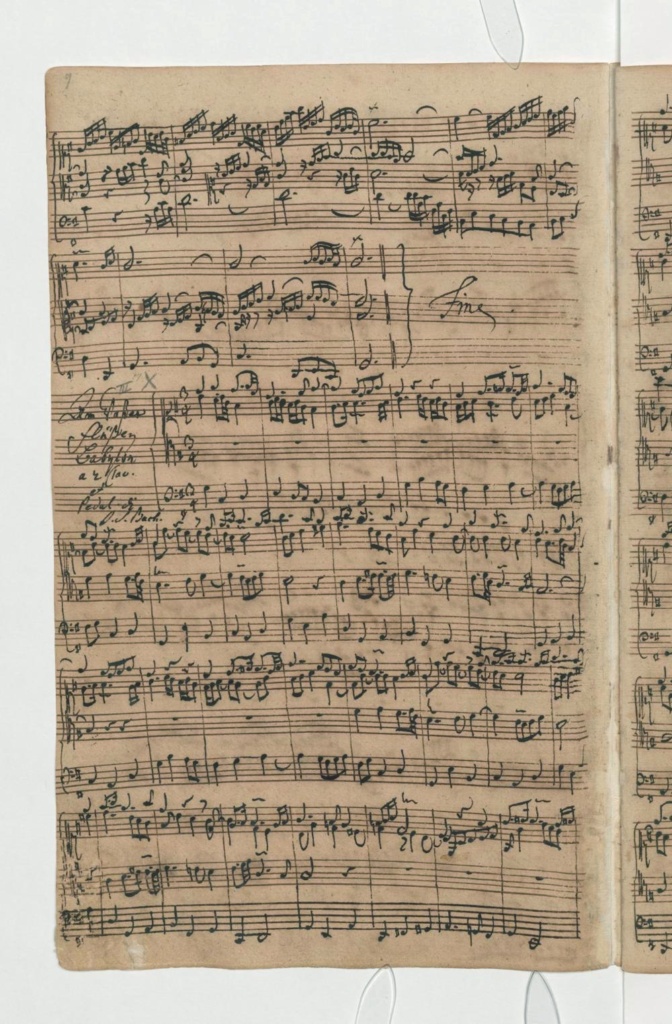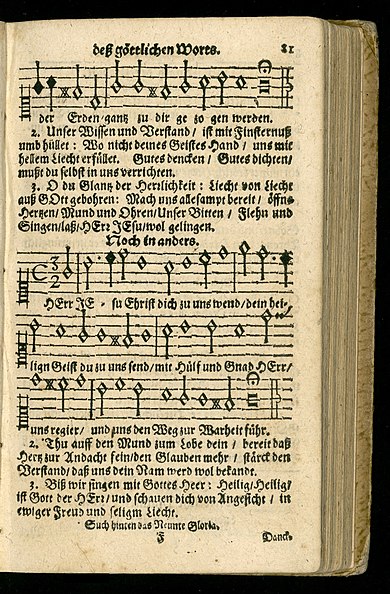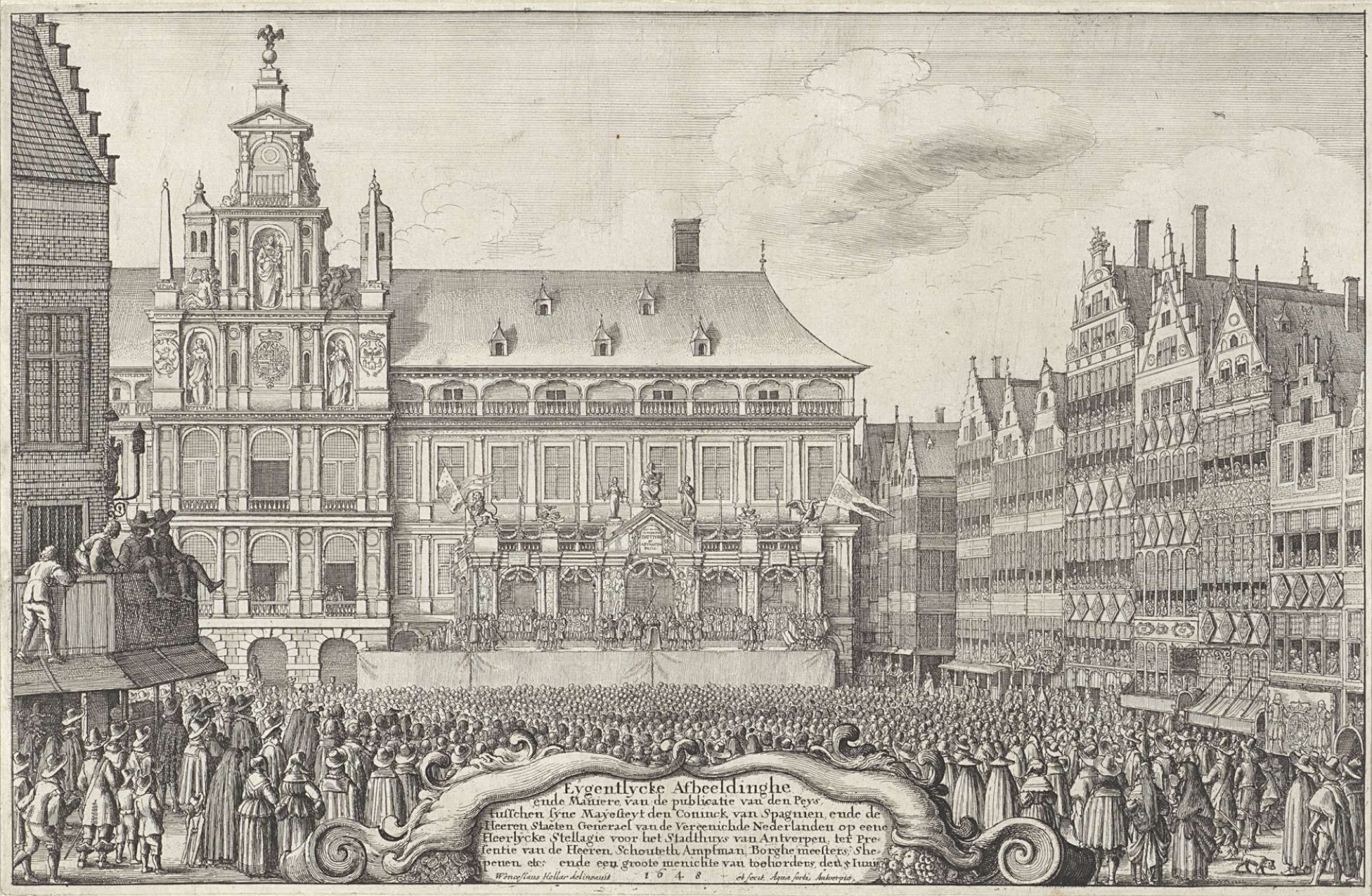Inleiding
May 2021 we ( Protestant Culture Club of Antwerp, Procant) made a recording (image/sound) of 4 chorale preludes on the Walcker organ of the Church “Brabantse Olijfberg” in Antwerp. On the one hand to put the organ in the spotlight again, on the other hand to show how a chorale melody can be treated. Hence 2×2 chorales, each with a composition from the 18th century (J.S. Bach) and one from the 20th century (Claussnitzer and Karg-Elert).
Chorale: An Wasserflüssen Babylon
- 1. Johann Sebastian Bach, BWV 653 (Leipziger Choräle)
- 2. Paul Claussnitzer, opus 27 nr. 8 (1911)
Chorale Herr Jesu Christ, dich zu uns wend
- 1. Johann Sebastian Bach, BWV 709
- 2. Sigfrid Karg-Elert, opus 65 nr. 13 (1910)
Notes on the recordings
An Wasserflüssen Babylon
TEXT: The chorale text is a very literal rhyme versification of Psalm 137, the lament of the Israelites who live in exile, with no prospect of return. The lyre hangs from the willows. The hymn itself probably dates from 1525. It first appeared in print in the lost Das dritt theil Straßburger kirchen ampt (a church book containing rhymed psalms, church hymns, and an order of service, according to Martin Bucer, one of the leading figures in the reforming Church of Strasbourg). The Strasbourg cantor-organist Wolfgang Dachstein is considered the author of the text and melody. The hymn (i.e., the “psalm”) became popular. In 1531 it was included in a Nuremberg hymnal, and in 1545 it also entered the trendsetting Babstsches Gesangbuch (supervised by Luther himself). From there it ended up in almost all German hymnbooks.
The Versions of Bach and Claussnitzer
The major key of this chorale (lydian chant) seems a somewhat strange choice to serve a text about a weeping people. At the same time, it makes us aware that in the 16th century people approached music and text much more objectively than we are used to. Also from a musical historical point of view it is instructive to compare the two recordings that we published (J.S. Bach and Paul Claussnitzer).
Bach’s arrangement comes from what is called his Leipziger Choräle. This is a collection of large-scale and “exemplary” chorale arrangements that Bach worked on during the last years of his life. Some of the works are reworkings of earlier compositions. This is true of this one. In the original version Bach had the highly ornamented melody played by the right hand (soprano) and divided the other four voices in pairs between the left hand and – thus – double pedal. That double pedal makes it very difficult to play and it also doesn’t really help to keep the vocality of the parts well sustained throughout the piece. For the Leipziger Choräle, he kept the original concept, but assigned the melody to the left hand (tenor) in the French manner (tierce en taille). He reduced the four remaining voices to three: one in the pedal and two in the right hand.

This is the version played here. It is an appealing composition, with lots of atmosphere, but certainly not a ‘tearjerker’ or ‘lamentation’. The character remains ‘general’. This is typical of a composer/organist in the Baroque era. The music does evoke a feeling, but never becomes sentimental. The composer-organist is not an artist, but a craftsman.
Very different the organist-composer, Paul Claussnitzer (1867-1924). He wanted – entirely in the spirit of the time – to express feelings in his compositions. For him that is even the meaning of music. At the beginning of the last century Claussnitzer was mainly known as a (scrupulous!) organ pedagogue and composer. Very much played – until today – are his Choralvorspielen, (Chorale Preludes) published in various collections. The melody is always recognizable and there are “ganz prächtige kleine Stimmungsbilder” among them, according to the obituary. One of them is this ‘mood piece’: with simple means (which he uses thoughtfully and effectively) he evokes a mood with his chorale arrangement: “Feierlich ernst, träumerisch” is the title. The volume in which it is included is called: “Neun Choralvorspiele zu Buss- und Abendmahlsliedern”.
Herr Jesu Christ, dich zu uns wend
TEKST: This is a Lutheran hymn from the 17th century. The first three stanzas appeared – as far as is known – first in Johannes Niedling’s Lutherisch Hand-Büchlein (Altenburg 1648) without mention of the author. The trinitarian doxology (stanza 4) was added in the Gothaer Gesangbuch of 1651. Niedling himself certainly qualifies as the author, but since 1676 the art-loving and musically gifted Prince Wilhelm von Sachsen-Weimar (1598-1662) has also been put forward as the author. This happened on the authority of his librarian and personal secretary (Geheimrat), Georg Neumark, himself also a not undeserving poet, hymn-writer (you know him without knowing it: He is the author of “Wer nun den lieben Gott lässt walten…” ).

The form is classic: Four eight-syllable (octosyllabic) lines with “iambic” metre (long-short) and masculine rhyme. This is the scheme of the time-honored ‘ambrosian’ hymns. The text has a high density and is a very successful ‘pulpit song’ : a prayer for the ‘enlightenment with the Holy Spirit’, so that one might truly know and praise Christ. Each verse adds a new element.
The versions of Bach and Karg-Elert
Again, a very different approach from both composers. Bach keeps it traditional, i.e. in almost Buxtehudian fashion, he lets the soprano adorn the melody, accompanied by two voices in the middle and a bass part for the pedal. The character is objective and subservient. There is therefore no problem in applying the setting to different ‘stanzas’, or using it with another song ‘to the tune of…’, as this melody is indeed often reused.
Sigfrid Karg-Elert deliberately opted for the trinatarian praise of the fourth strophe. He – as he often did with his choral works – writes the text explicitly with the notes. It has become an exuberant, dancing toccata, typical of Karg-Elert. The chorale melody sounds sometimes in the bass with double pedal under cascades in the manual and sometimes in the soprano, supported by massive chords on the full organ.
Credits
Organ: Willem Ceuleers
Sound: Dick Wursten
Image and editing: Luc Hommers
